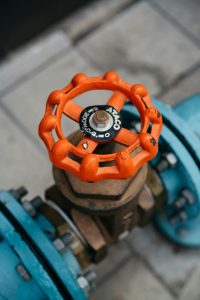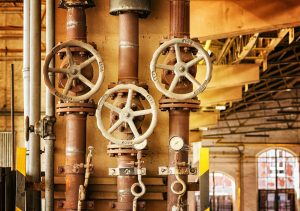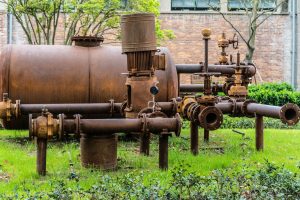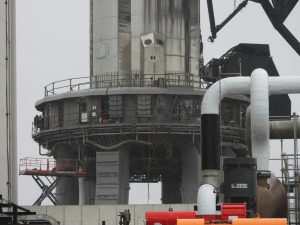Table of Contents
ToggleA trunnion-mounted ball valve is similar to a floating ball valve. When designing a valve, it is essential to understand the benefits and limitations of each type.
A trunnion-mounted ball valve is a quarter-turn valve that is operated by an actuator. Once the actuator is turned on, the ball rotates, so it faces the pipeline. This enables the medium to flow freely.
The ball is then rotated again with another turn of the handle. Then, the valve will shut off the flow. There are also many different kinds of trunnion-mounted ball valves.
What Is It?
A trunnion-mounted ball valve is a quarter-turn valve that helps you to control the flow. It has seats that surround the ball, holding it in place. It also uses an additional shaft called a trunnion. The trunnion presses against the sphere from below, preventing the ball from dislodging and leaking. Those properties make these valves highly preferred for high-pressure and large-diameter applications.
It has an extra shaft called a trunnion, which is used to grip the ball from beneath. This keeps the ball tightly attached to the valve. It may be a forged metal extension of a spherical ball disk. Both parts are attached to each other via welded joints. A stem connects the ball and actuator. This type of valve is also built for high temperatures.
How Does a Trunnion Mounted Ball Valve Operate?
Ball valves can handle a wide variety of materials, including liquid, gases, and slurries. It operates by turning an actuator connected to the stem. Once the actuator turns, the ball rotates and faces the pipeline. Once the ball faces the pipeline, the medium can freely flow. A second turn of the handle moves the ball away from the pipeline, stopping the flow. It can accommodate pressures up to 300 psi.
Another way a trunnion-mounted ball valve works is through differential pressure. It’s important to choose a valve that can handle the pressure and force induced by a sudden increase in downstream pressure. It is ideal for this scenario. Depending on its size and operating pressure, a trunnion-mounted ball valve is usually sized for a confined space.
Another common type is a three-piece half-bore split-body valve. This valve is mounted on a trunnion and works by moving the ball upstream or downstream to close the pipeline. By regulating the flow of oil through a critical process unit, it can reduce the pressure in the pipeline.
In order to understand the exact mechanism that causes trunnion-mounted ball valves to behave the way they do under differential pressure, engineers must study the different angles of operation in trunnion-mounted ball-valve configurations. In addition, the study has to be performed under dynamic conditions. If a valve is not stable in these conditions, it will exhibit odd operating behavior under pressure.
It can be made with a variety of different types of materials. Soft seated valves use thermoplastic substances, such as PTFE to provide the tightest seal. However, these valves are susceptible to failure if the liquid is abrasive or dirty. Metal seated valves, on the other hand, are made with a metal seat. These valves are more resistant to high temperatures, flashing, and corrosion and provide smooth control.










